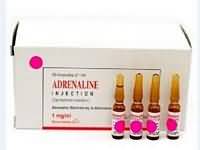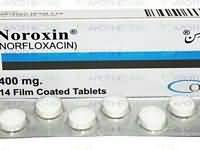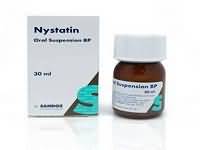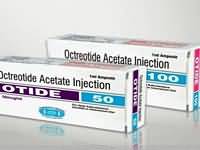Dihydrocodeine tartate

Dihydrocodeine tartate
CLINICAL USE
Supraventricular arrhythmias Heart failureDOSE IN NORMAL RENAL FUNCTION
Digitalisation: 1–1.5 mg in divided doses over 24 hours, followed by 62.5–500 mcg daily, adjusted according to responseEmergency loading (IV): 0.75–1 mg over at least 2 hoursPHARMACOKINETICS
DOSE IN RENAL IMPAIRMENT
GFR (mL/MIN)
DOSE IN PATIENTS UNDERGOING RENAL REPLACEMENT THERAPIES
IMPORTANT DRUG INTERACTIONS
Potentially hazardous interactions with other drugsAngiotensin-II antagonists: concentration increased by telmisartanAnti-arrhythmics: concentration increased by amiodarone and propafenone (half maintenance dose of digoxin)Antidepressants: concentration reduced by St John’s wort – avoid concomitant useAntifungals: increased toxicity if hypokalaemia occurs with amphotericin; concentration increased by itraconazoleAntimalarials: concentration possibly increased by quinine, hydroxychloroquine and chloroquine; increased risk of bradycardia with mefloquineCalcium-channel blockers: concentration increased by diltiazem, lercanidipine, nicardipine, verapamil and possibly nifedipine; increased risk of AV block and bradycardia with verapamilCiclosporin: concentration increased by ciclosporinDiuretics: increased toxicity if hypokalaemia occurs; concentration increased by spironolactoneADMINISTRATION
Reconstition
–Route
Oral, IVRate of Administration
Loading dose: infuse overComments
IV administration: dilute dose to 4 times volume with sodium chloride 0.9% or glucose 5%IV dosing may be used for very rapid controlOTHER INFORMATION
Complex kinetics in renal impairment: Volume of distribution and total body clearance reduced in CKD 5Steady-state plasma monitoring advisable: normal range 0.8–2 nanograms/mL; take at least 8 hours post-dose, ideally before dose in the morningIf changing from oral to IV reduce dose by a thirdHypokalaemia, hypomagnesaemia, marked hypercalcaemia and hypothyroidism increase toxicityIncreases uraemic gastrointestinal symptomsOnly 3% of dose is removed after a 5 hour
See how to identify renal failure stages according to GFR calculation
See how to diagnose irreversible renal disease
Home








